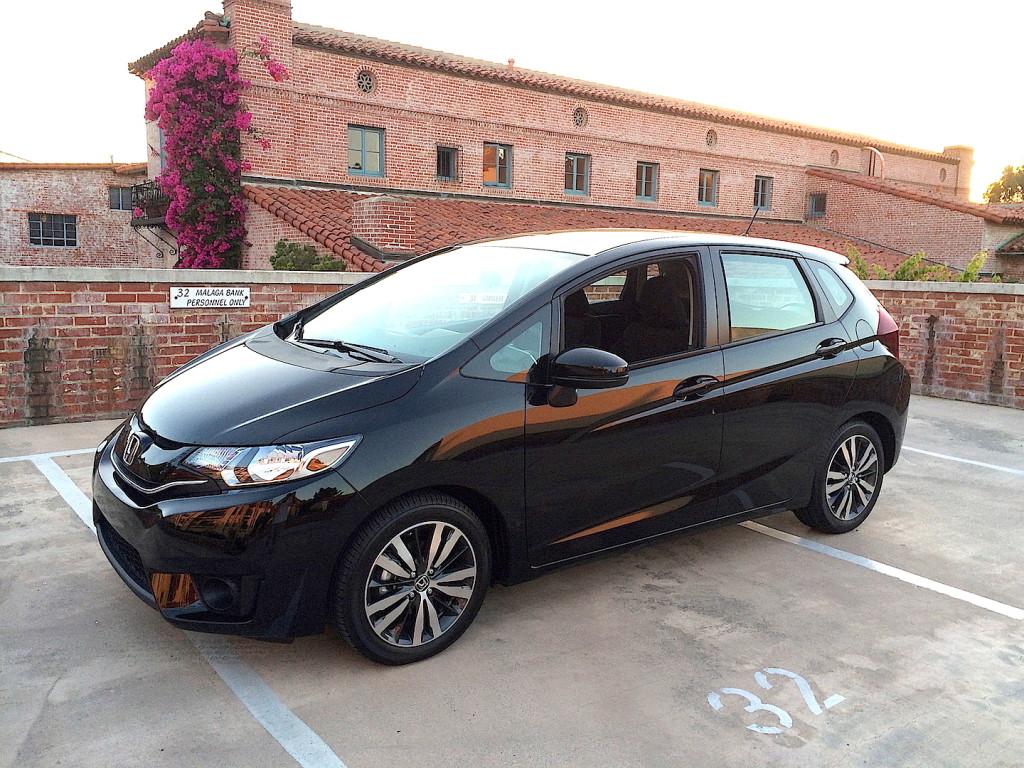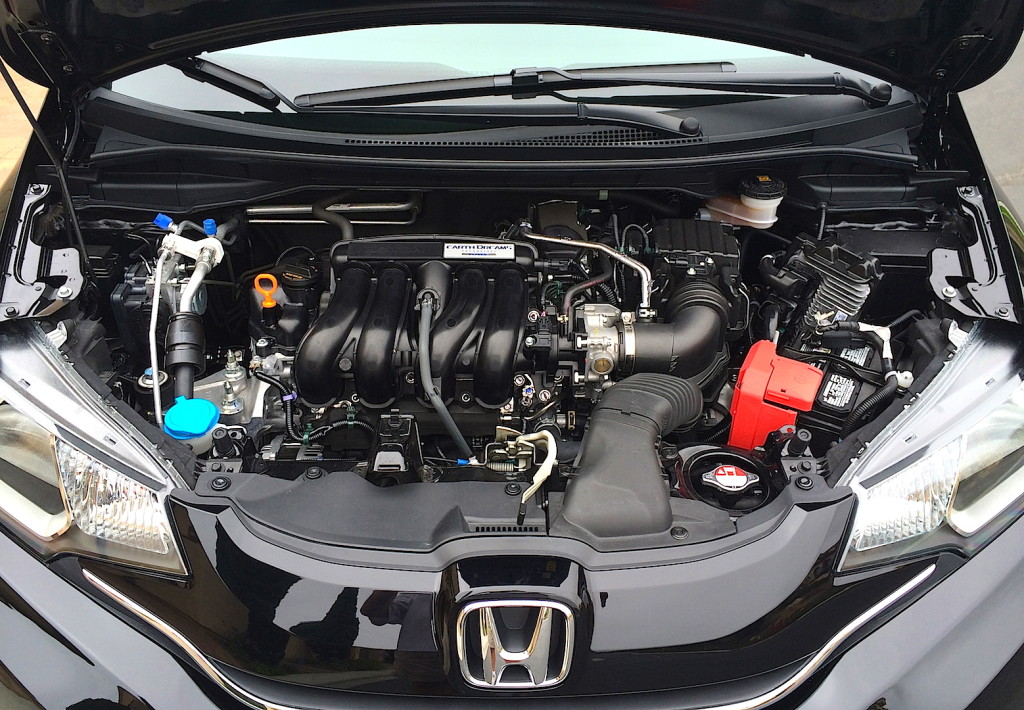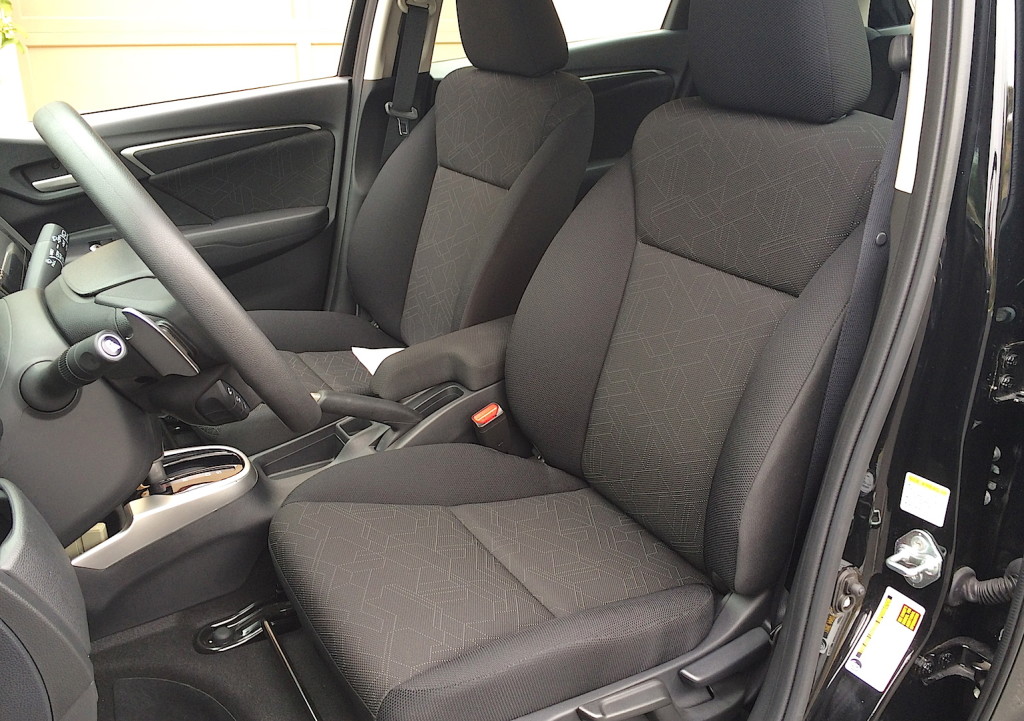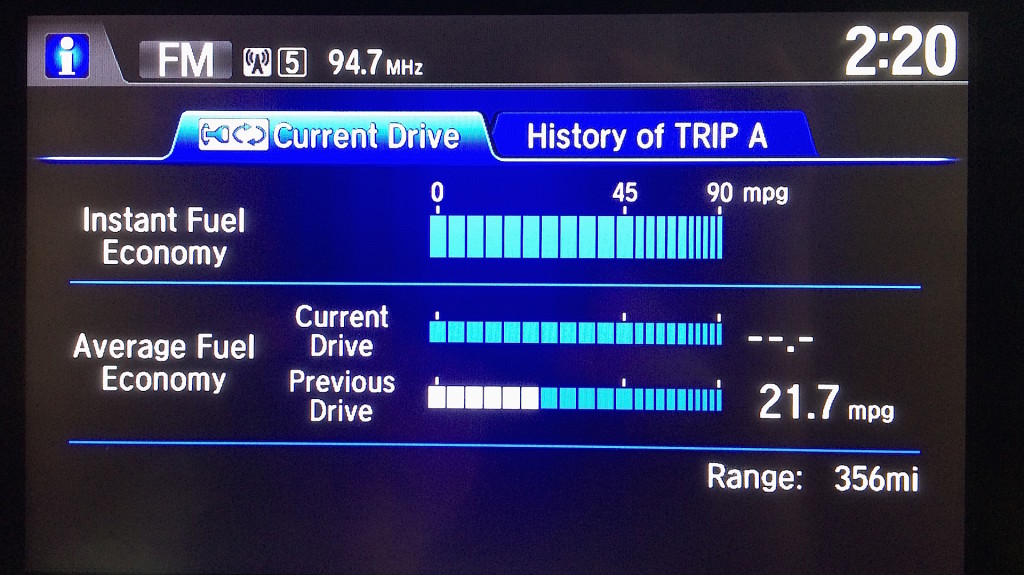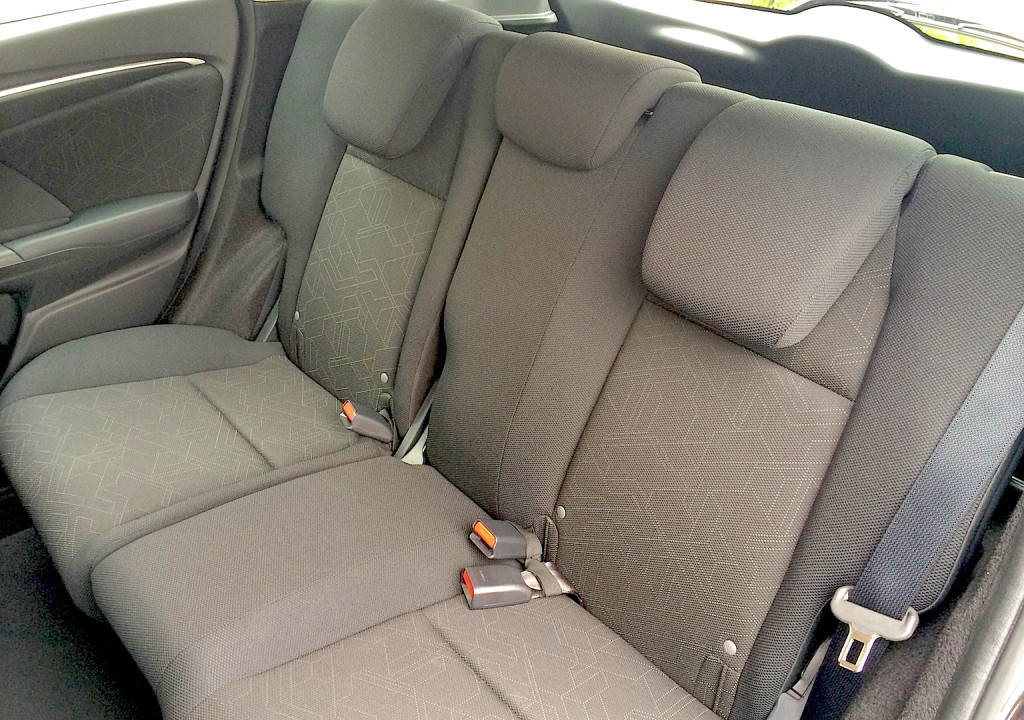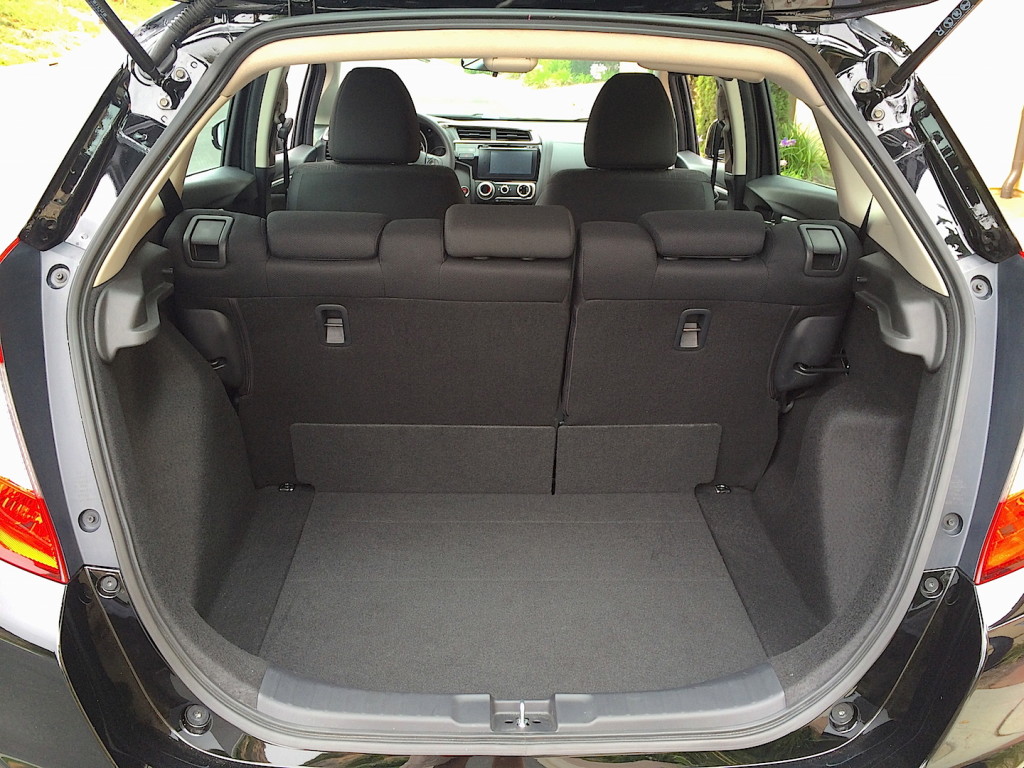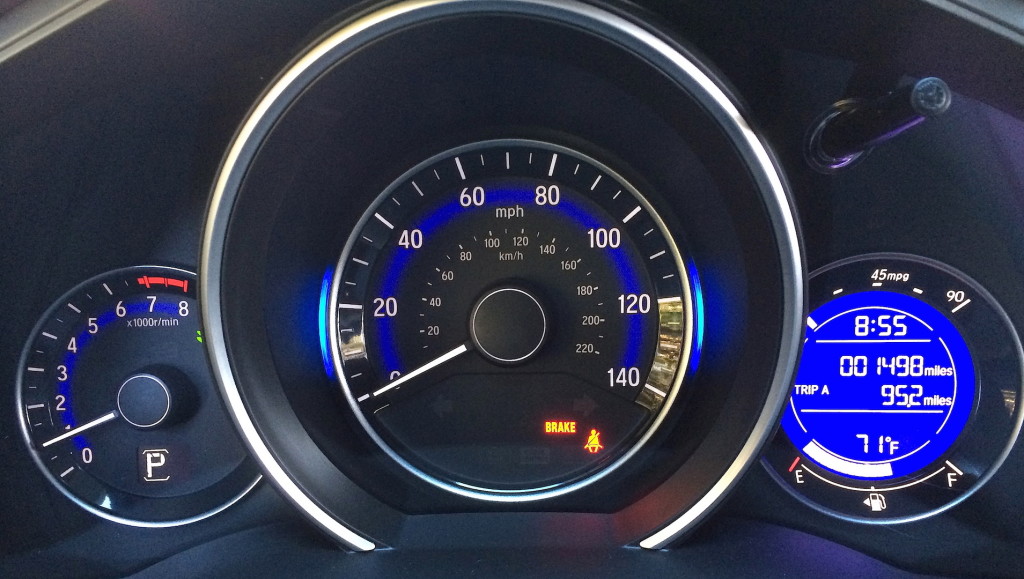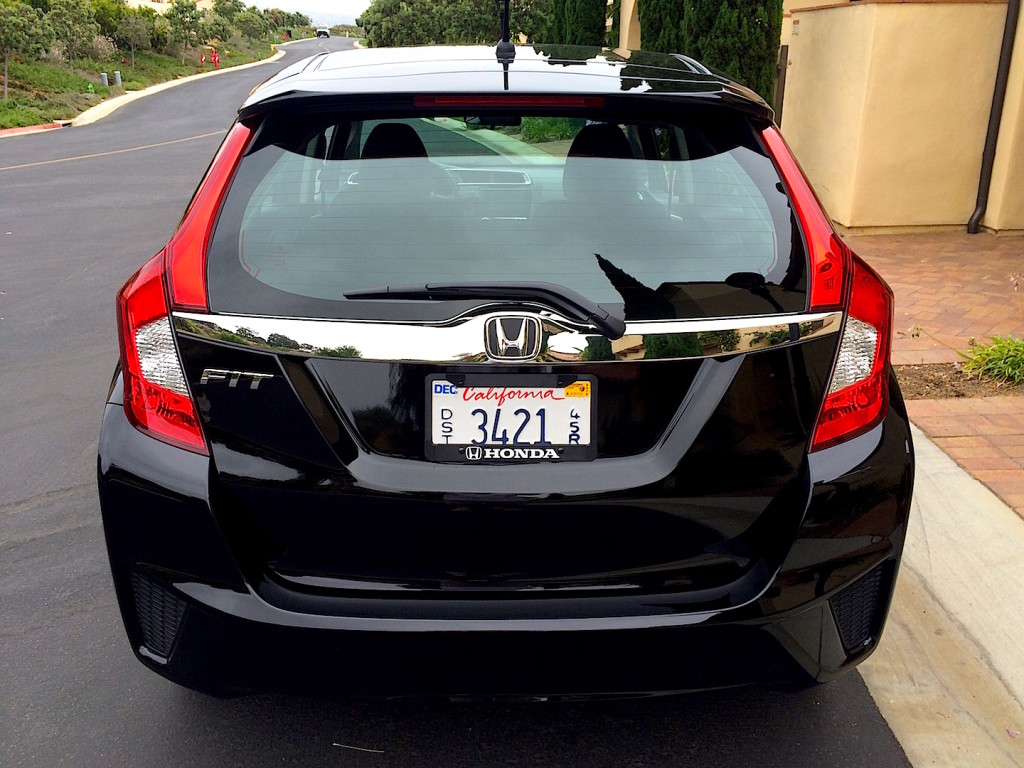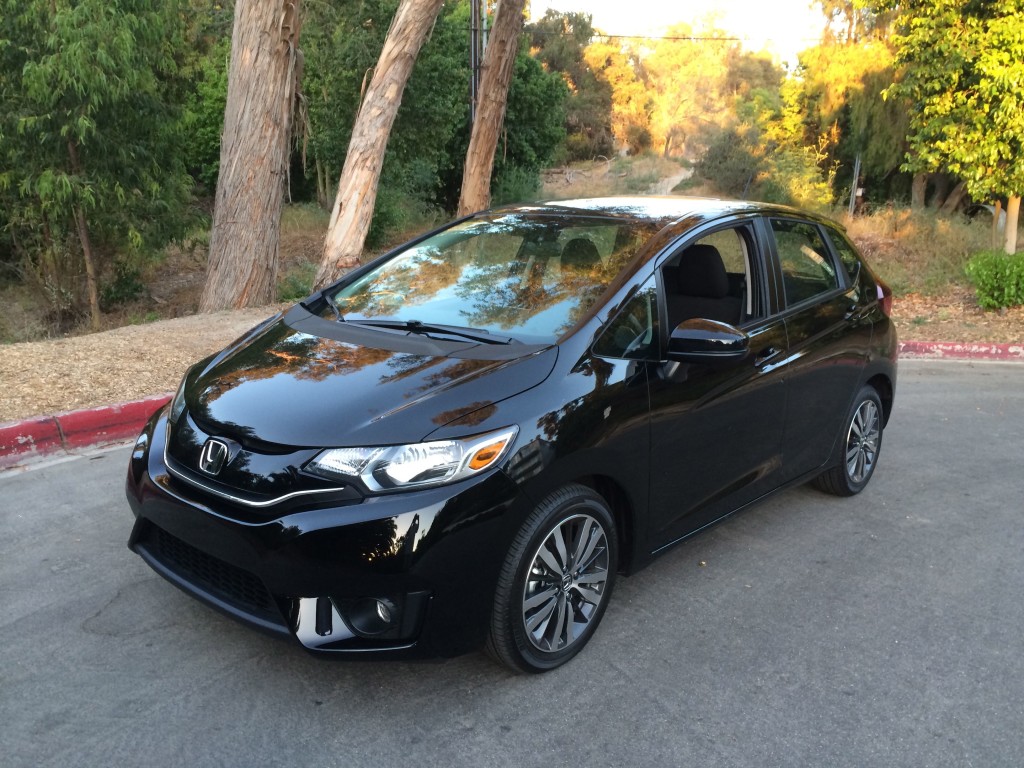By Steve & Tamami Laser
Honda entered the U.S. market with its first car way back in 1969. The tiny 600 was sold in Hawaii and trickled into the mainland the following year. It was followed by the first Civic in 1973 and the Accord in 1976. All of these cars were small on the outside yet felt roomy inside. And all shared a versatile hatchback body style (Civic and Accord sedans came later). When Honda introduced the subcompact Fit to the U.S. for 2007, it seemed like the automaker had returned to its roots.
The Civic had grown up to the point where it became larger than the early Accords. Honda was losing entry-level buyers to other brands. Fit was already a success in Japan where it was introduced in 2001 and in global markets including Europe where it was called the Jazz. An improved second-generation Fit followed in 2009.
For 2015, Honda has introduced the third-generation Fit. On the outside, the new Fit looks larger and more stylish. Checking the specs reveals that it’s actually 1.6-inches shorter in overall length. So how did Honda increase interior volume by 4.9 cubic feet? By making the wheelbase longer, the engine compartment shorter, and revising the rear wheel arches and suspension design. This results in an amazing 4.8-inch increase in rear passenger legroom.
Under the short hood is a new 1.5-liter Earth Dreams Technology™ engine with increased power and torque. Fitted with i-VTEC+VTC valve and timing control, direct fuel injection, reduced weight and increased compression, there’s an 11 percent increase in peak horsepower to 130 and a 7.5 percent increase in peak torque to 114 ft-lbs. The engine is teamed with a 6-speed manual gearbox or a new Continuously Variable Transmission (CVT) with an S-mode that offers seven manually selectable ratios controlled with paddle shifters on the steering wheel.
The Fit lineup for 2015 starts with the LX at a base price of $15,525 with the manual transmission or $16,325 with the CVT. Honda says that’s only $100 more than last year’s model while adding standard features including a rear spoiler, LED taillights, Bluetooth connectivity and rearview camera.
Our test car, the midrange EX with the CVT, carried a base price of $18,235 for a bottom line of $19,025 with destination. The new top-line EX-L with CVT and leather-trimmed seats – a first for Fit – starts at $19,800 or $20,800 equipped with navigation.
We used our test car to run errands, carry supplies for a home remodeling project and drive on the busy freeways to spend a day at Disneyland. The Fit is a small car by American standards, yet it “fit” right in with the flow of traffic. Using the paddle shifters on the steep hills in our neighborhood helped our progress while adding a sporty driving feel.
We tracked fuel economy for our current and previous drives using the trip computer, which shows 21.7 mpg in the above photo. When we filled up the tank, our fuel economy for the week was closer to 30 mpg. That’s a bit below the EPA ratings of 32 city, 38 highway and 35 combined. However it was still impressive to us considering our lead-foot driving tactics and constant journeys up and down the hills.
The Fit’s remodeled interior felt more spacious and upscale than its predecessor with higher-quality materials. The huge windshield with small windows in the A-pillars reminded us of driving a minivan. The sporty instrument panel with three dials and blue backlighting includes a multi-information display plus a new centrally mounted 7-inch Display Audio system with steering-wheel-mounted controls on our EX tester.
Fit’s signature second-row Magic Seats® have returned offering the flexibility of different seating and cargo configurations. In the standard seatback-up/seat-bottom down position, there’s room for three passengers. The 60/40-split seatback can be folded to carry oversize cargo and still provide seating for one or two. The “Utility Mode” With both seatbacks folded down, offers 52.7 cubic feet of space.
The “Tall Mode” with the lower seat cushions flipped up and locked in place allows tall items, like a large potted plant, to be carried inside the car and remain upright. There’s over four feet of space from the floor to the ceiling, which Honda says is enough to transport two mountain bikes with their front wheels removed.
There’s also a “Long Mode” for carrying extra-long items inside like a surfboard or ladder up to 7 feet 9-inches long when the front passenger seat is tilted all the way back. Finally, the “Refresh Mode” lets two passengers relax by removing the front seat head restraints, moving the seats all the way forward and tilting the seatbacks all the way back.
Our EX test car was well equipped with standard comfort and convenience features including a power moonroof, fog lights, smart entry with push-button start, the multi-angle rearview camera with dynamic guidelines, Honda’s LaneWatch system, SMS text message function, HDMI port for audio and video playback, the next-generation HondaLink™ system, and Siri Eyes Free integration.
After living with the Fit for a week our conclusion is that Honda has done a great job updating its small car. Production for the U.S. market has shifted to Honda’s plant in Celaya, Mexico. Our test car’s engine was also built in Mexico while the transmission came from Indonesia. We felt that the build quality of this car was similar to previous Fits that we’ve driven which were made in Japan.
If you’re in the market for a subcompact hatchback that’s big on versatility, economical to drive and easy to live with, be sure to put the new Honda Fit on your shopping list.
Honda Fit press fleet vehicle provided by Honda North America. (Prices and vehicle information applies to models sold in the U.S. at the time of publication. All information including prices, features and specifications is subject to change without notice.)
Story, photos and videos ©2015 CarNichiWa.com
